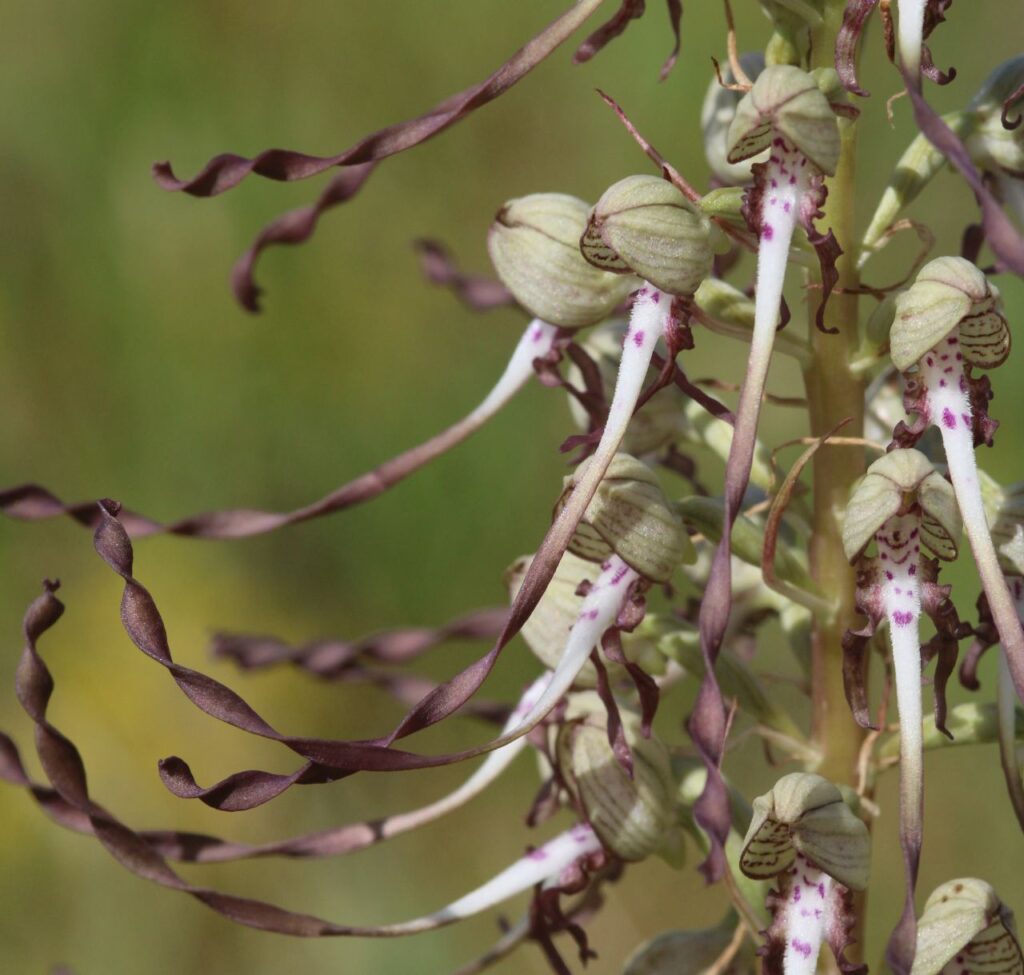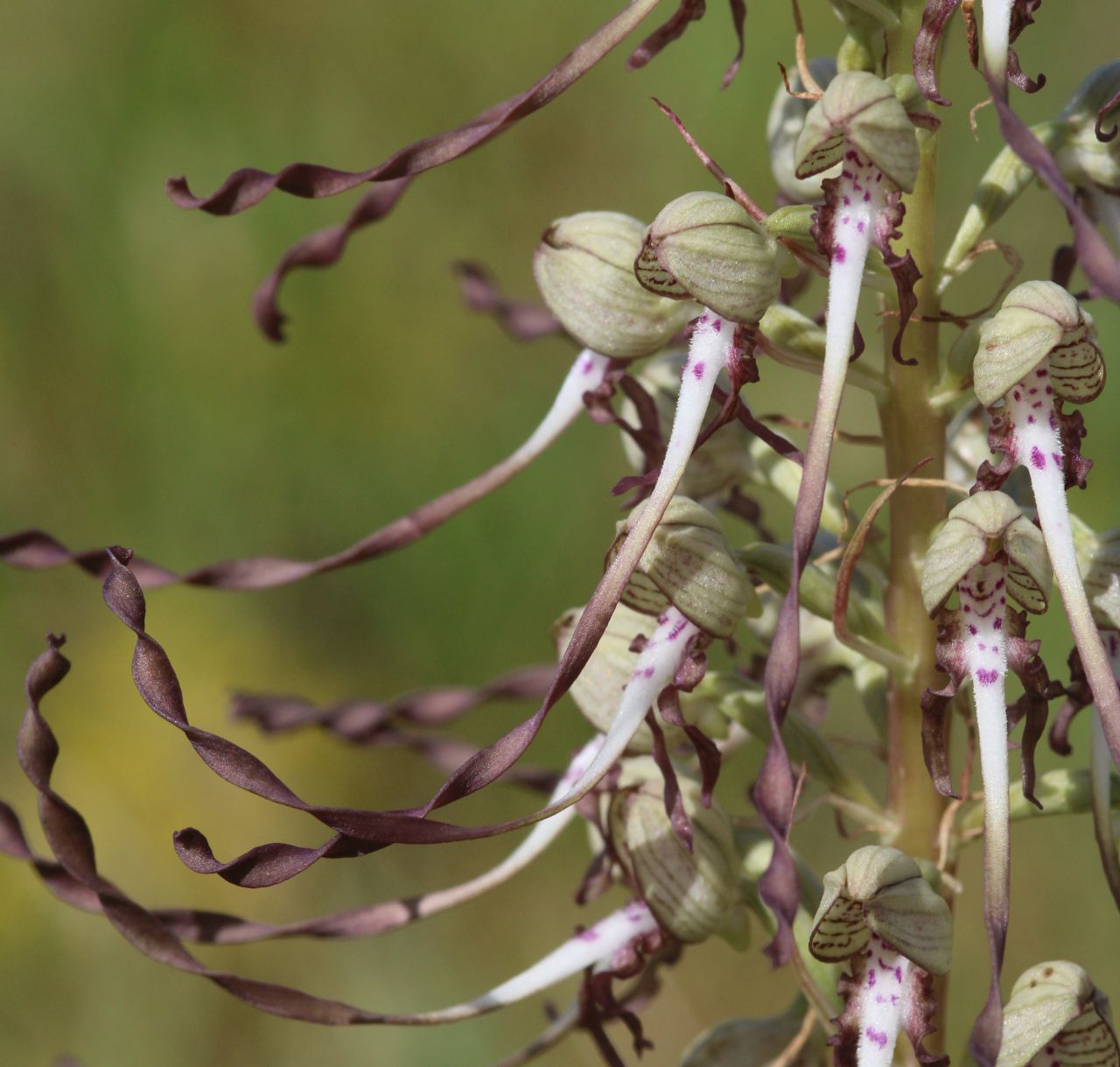Estimated to be built between the 5th and 7th centuries, the Devil’s Dyke, in Cambridgeshire, is not only of great historical interest, but is also a chalk grassland of national and international importance. In recent years, however, it has suffered due to scrub encroachment, and there have been concerns over the future of some of the site’s rarer grassland species. Martin Baker provides an introduction to the wildlife of the Dyke, and discusses efforts to restore this special site to its former glory.
The Devil’s Dyke, in east Cambridgeshire, is the finest Anglo-Saxon earthwork in the country, stretching for 11.5km in a near straight line from the edge of the fen at Reach, across the open chalk landscape near Newmarket to the woodland at Ditton Green. It would be a striking feature wherever it was situated, but set within the gently undulating and low-lying landscape of East Anglia its visual impact is even more dramatic.


